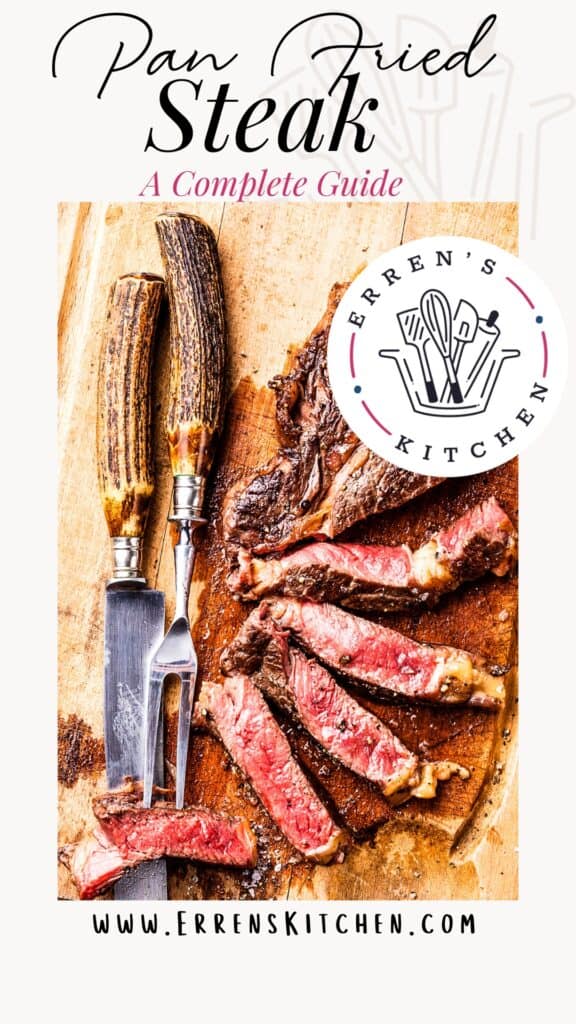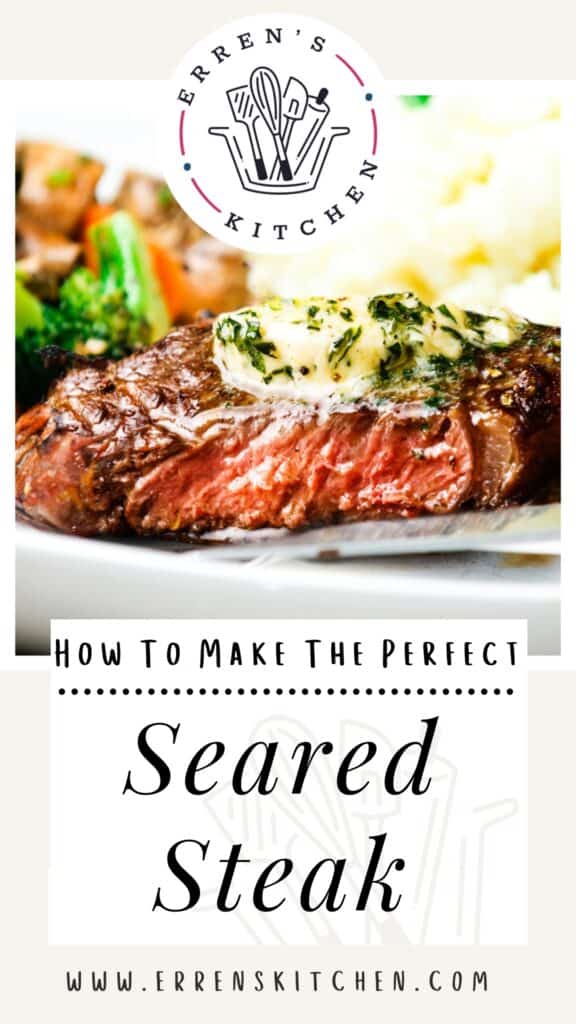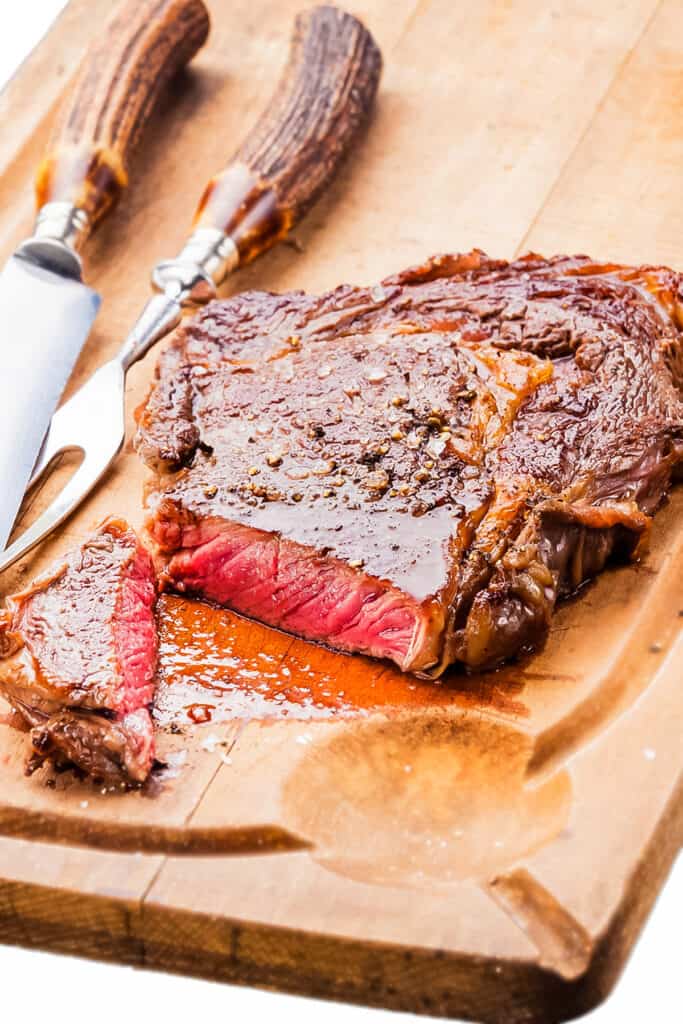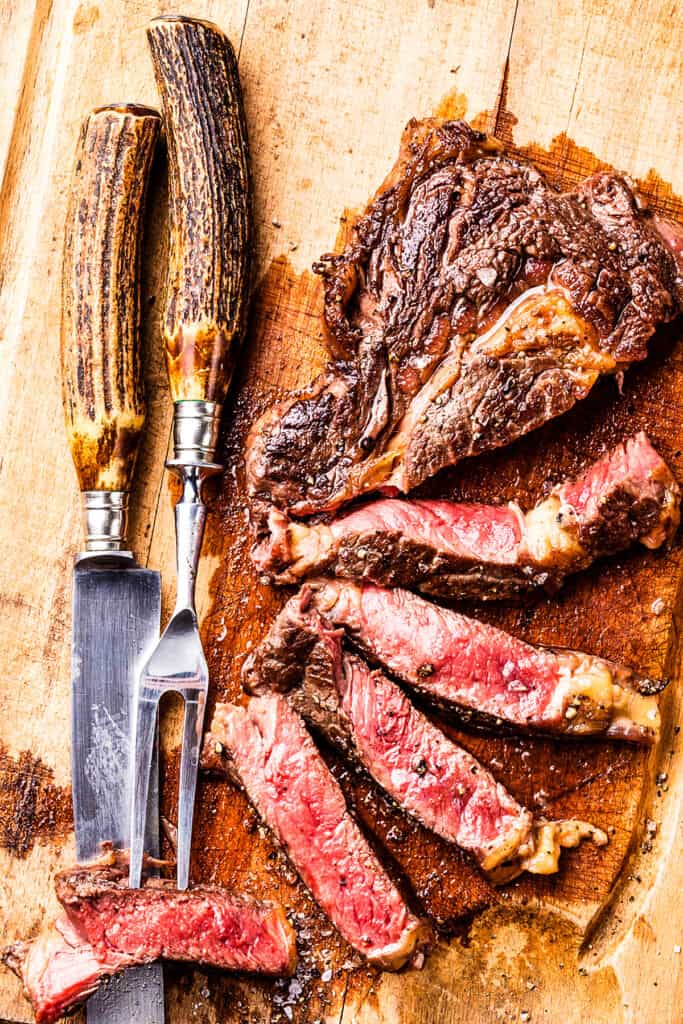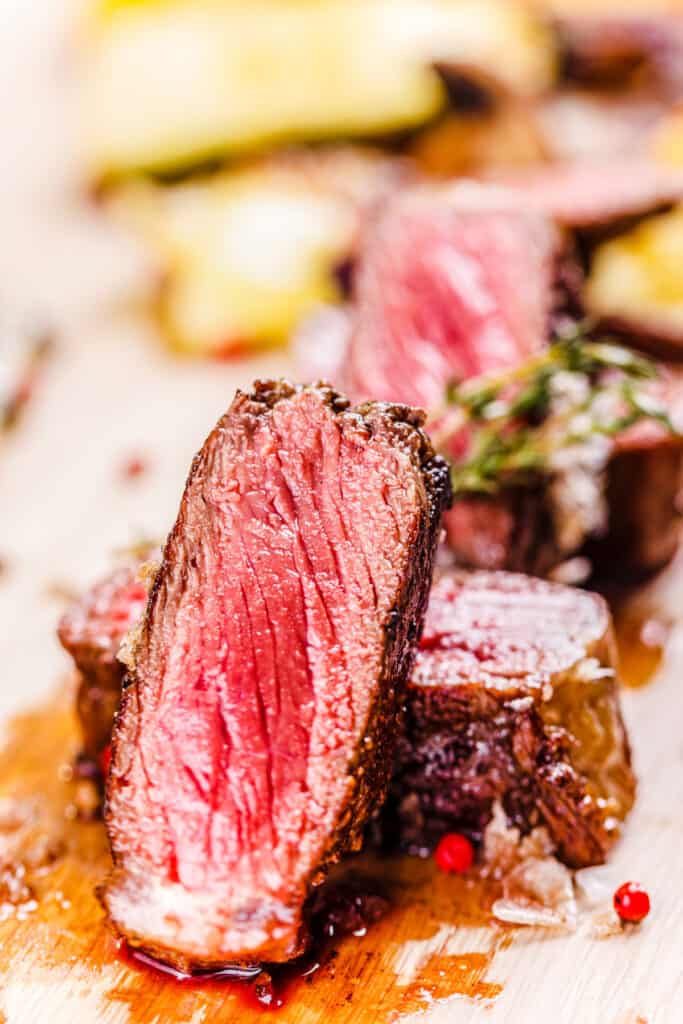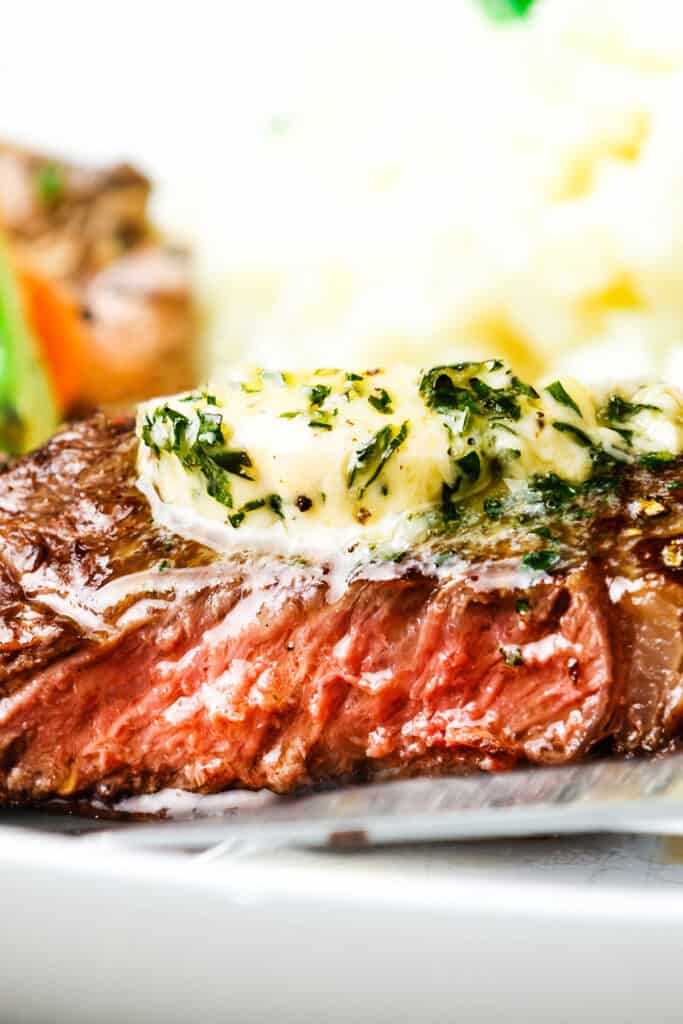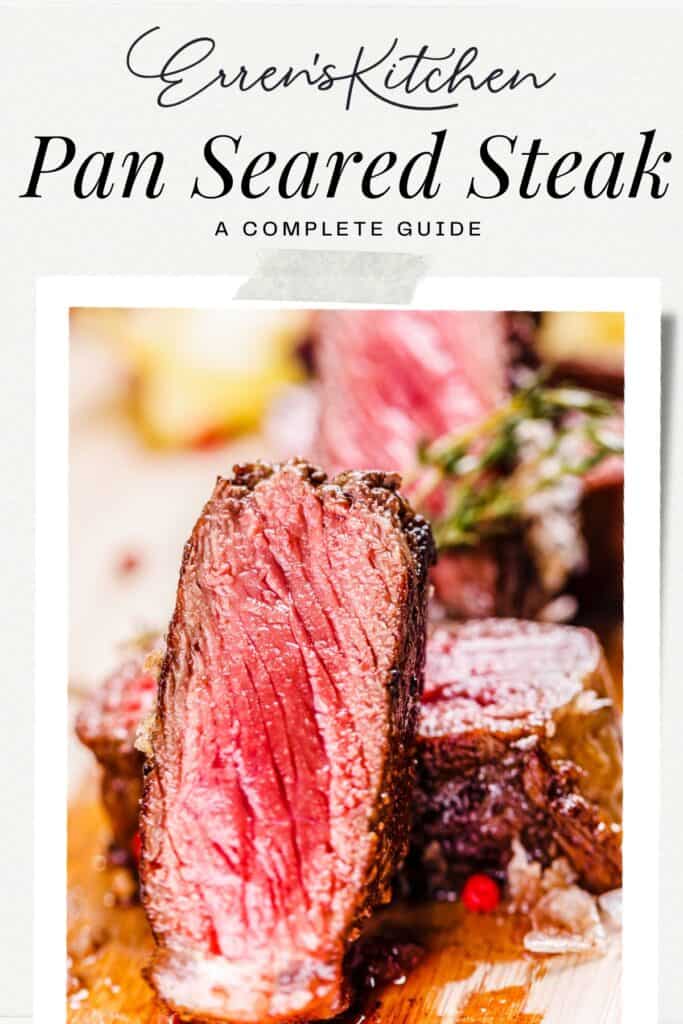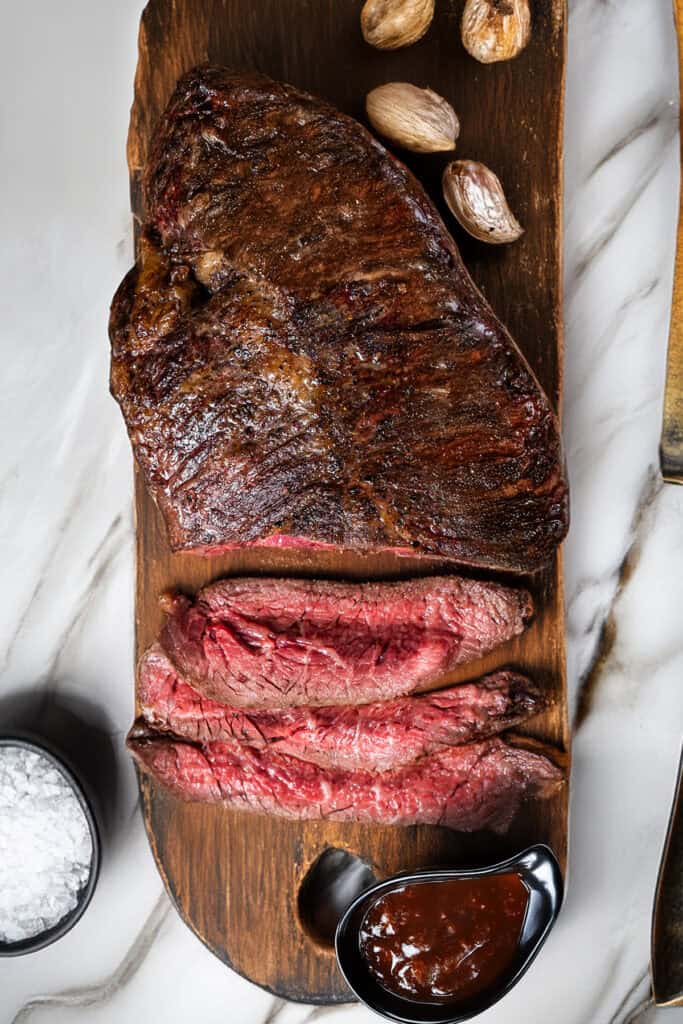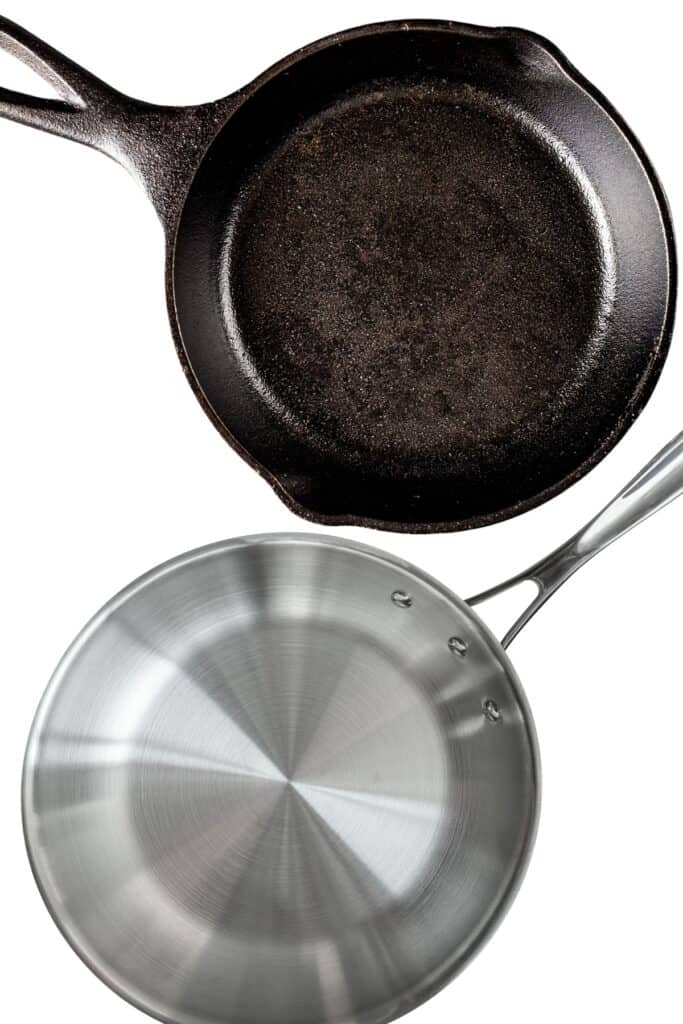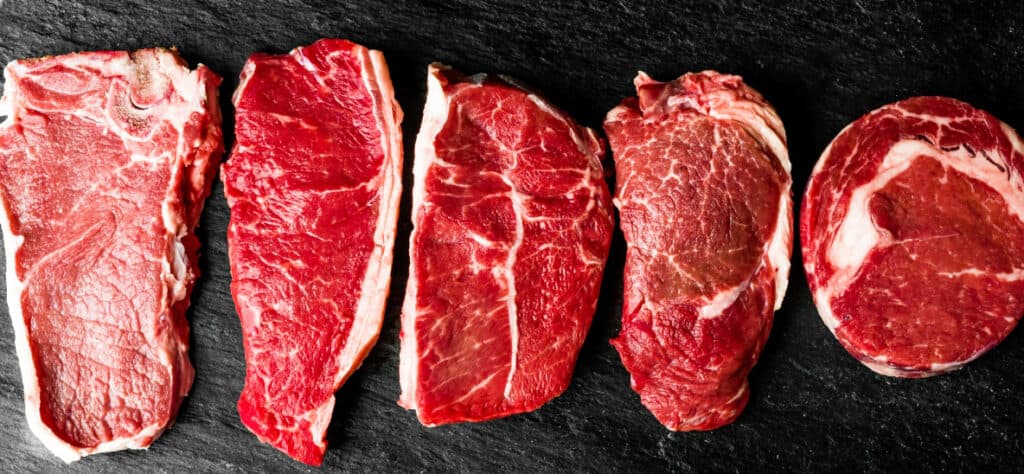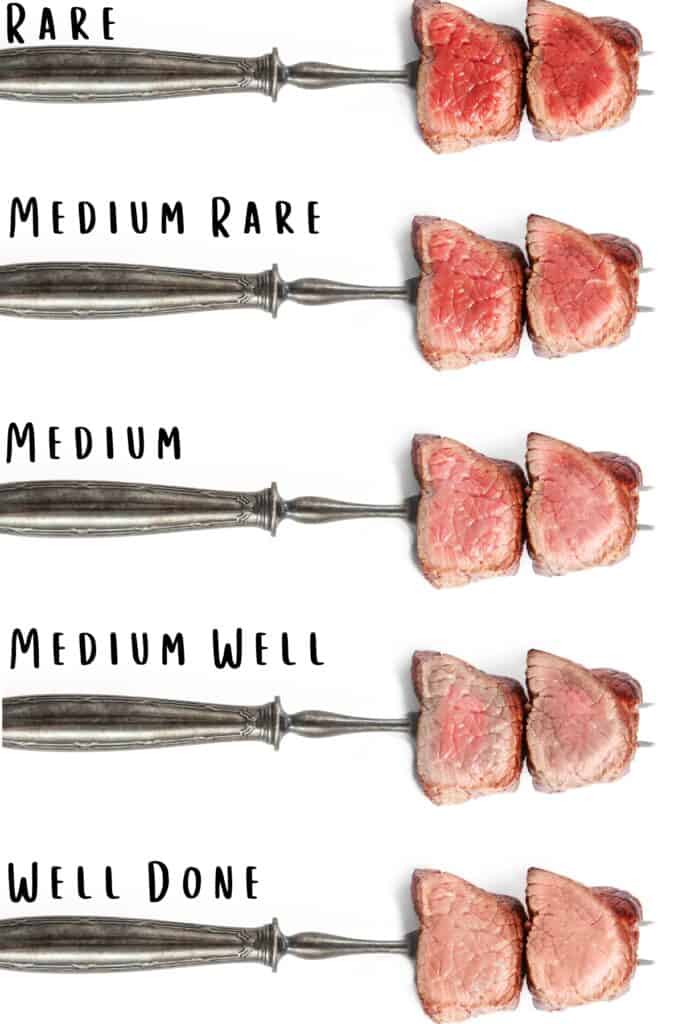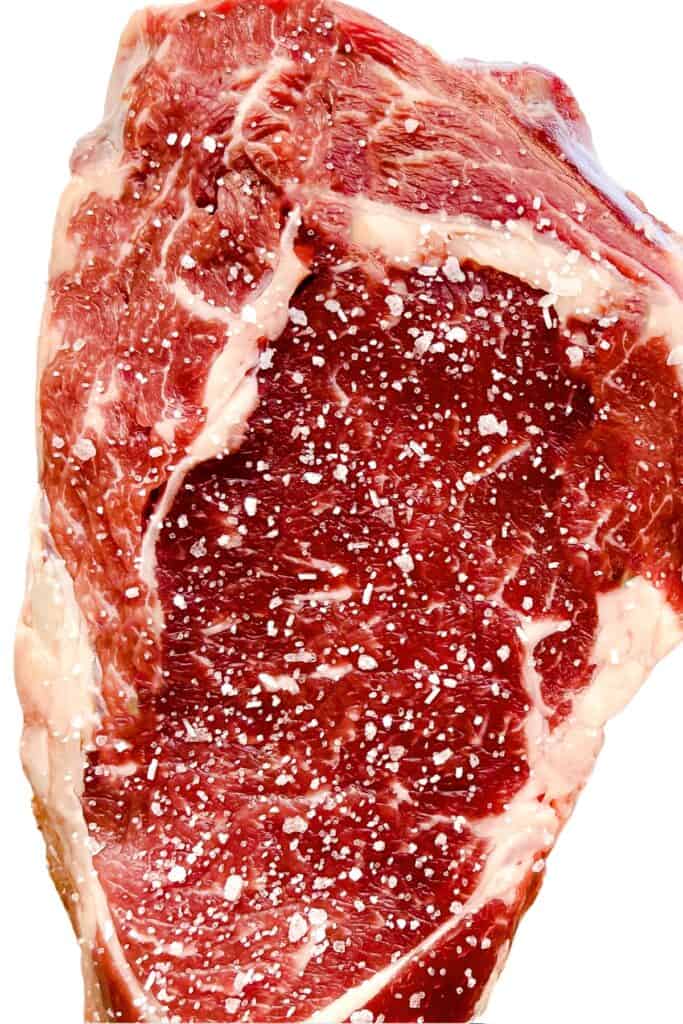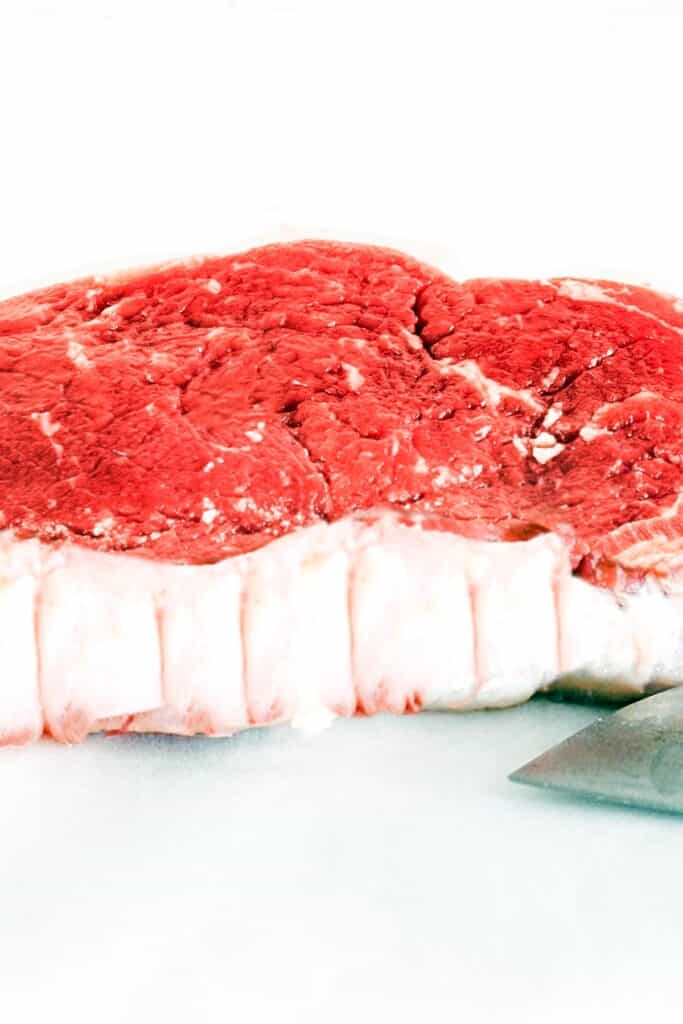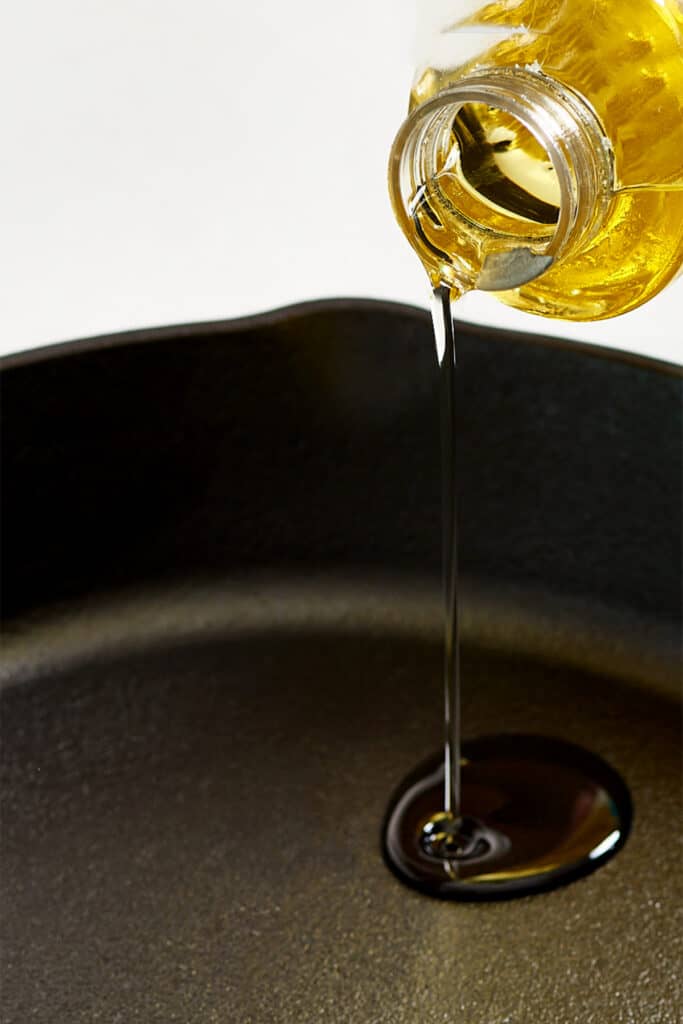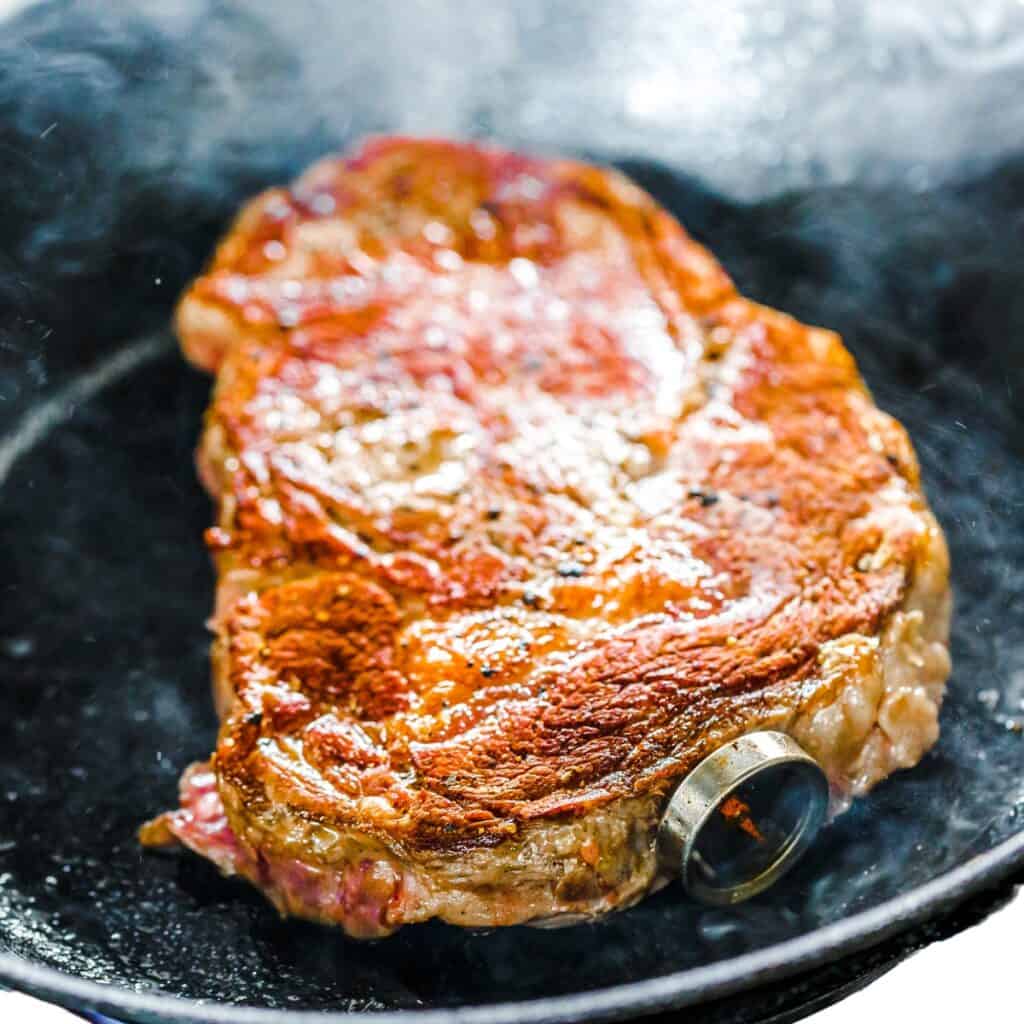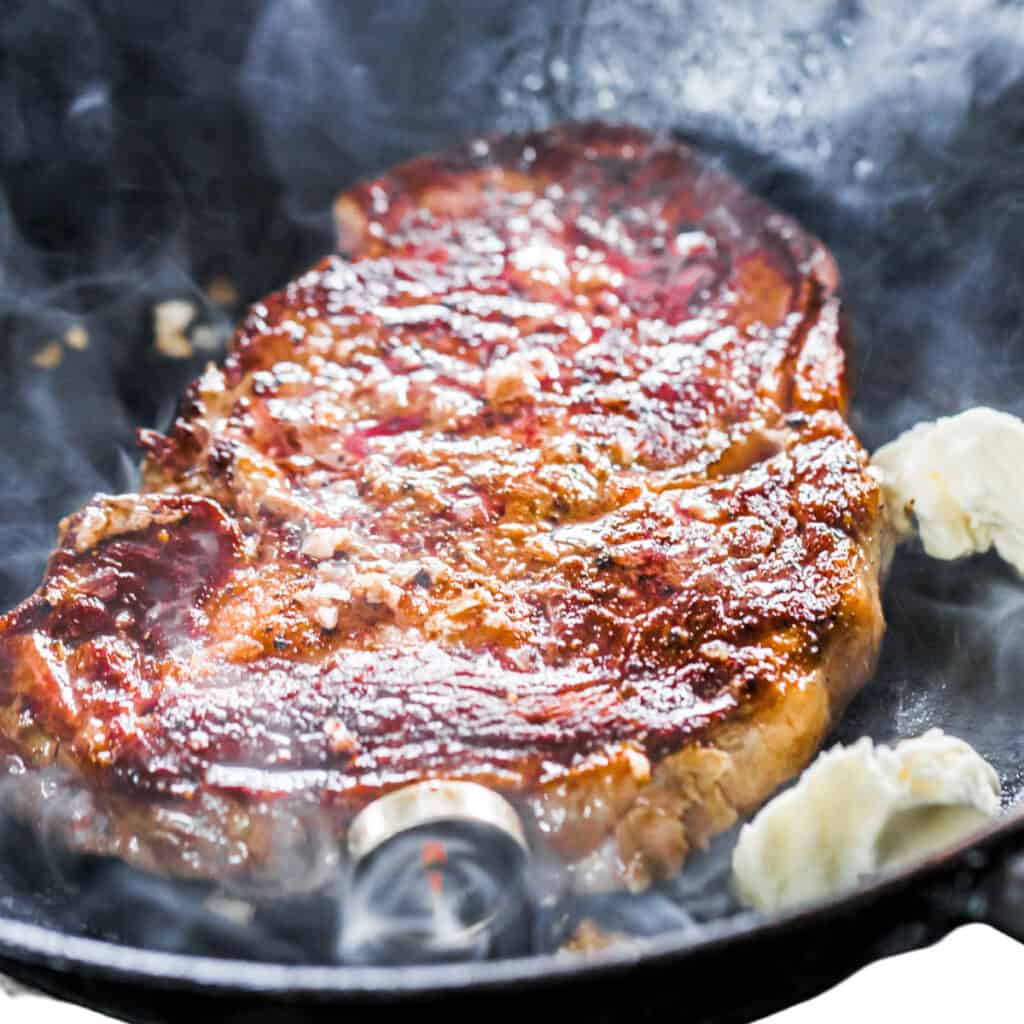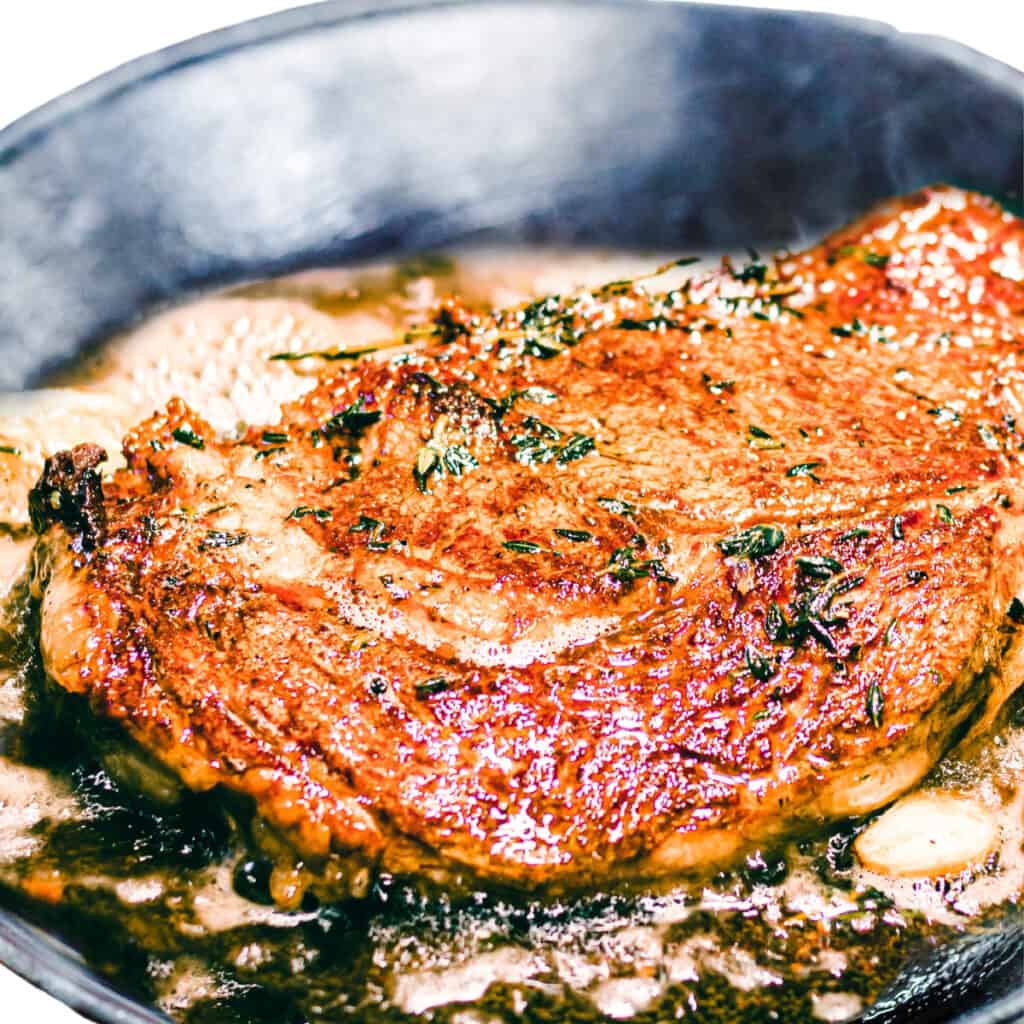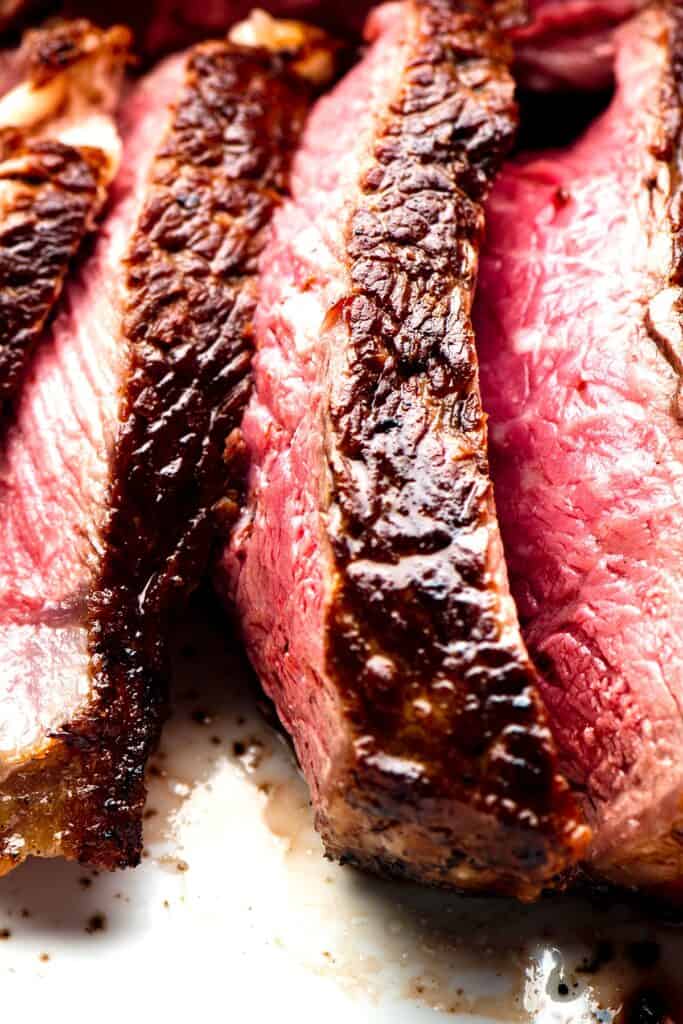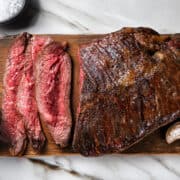Nothing beats the taste of a perfectly cooked steak. Whether you’re serving it up for a special occasion or want to enjoy an amazing meal, a good seared steak is sure to satisfy. This simple guide teaches you how to make a perfectly cooked steak that takes just minutes to prepare. Not only that, but you also don’t need fancy equipment or ingredients. All you need are a few basic items from your kitchen! So if you’re looking for an easy way to impress your guests, look no further than this guide on making the perfect pan fried steak!
Pan Recommendations
When pan frying steak, choosing the right type of pan is important. Non-stick pans are often the go-to choice for quick and easy cooking, but they don’t always provide the best results when it comes to searing steaks. The best pan for searing steak is a well-seasoned cast iron pan or a heavy-bottomed stainless steel skillet. The heavy bottom ensures that the heat is evenly distributed and prevents hot spots from burning your steak. Whatever pan you use, be sure it’s large enough for the job. The pan should be large enough to hold the steak with enough room around it not to overcrowd the pan. If the pan is too small, the steak will steam rather than sear, resulting in an unappetizing steak. When cooking more than one steak, I recommend cooking in batches if you don’t have a large enough pan.
Steak Doneness Guide
Cooking the perfect steak is a balancing act. You want a beautifully seared, juicy steak that isn’t overcooked or undercooked. Here’s a quick guide to help you determine when your steak is done to the degree of doneness you prefer. The most common cuts of steak are ribeye, New York strip, sirloin, and filet mignon. All of these cuts will work perfectly for this recipe. If you’re on a budget, opt for a skirt or flank steak for a cut that won’t break the bank. Whether you choose a bone-in or boneless steak, thicker steaks are best and easiest to work with, so I recommend selecting a steak that’s at least 1½ inches thick. The key to a perfect steak is getting the doneness just right. The easiest way to measure the doneness of a steak is by using an instant-read thermometer inserted into the thickest part of the steak.
How to Use a Meat Thermometer
Start by inserting the thermometer into the thickest part of your steak, taking care not to touch any bone or fat. Read the temperature after 10 to 15 seconds and compare it to the table below.
Step By Step Cooking Instructions
For succulent steak, start by coating the whole surface of your cut with salt and refrigerate for up to two days. This step is important as it makes the meat tender and juicier by breaking down the lean muscle proteins.
To get the best results, follow the ‘cook to’ temperatures below until the steak reaches your preferred doneness temperature; this will take five to ten minutes (see the image above for a visual guide)
If your main concern is food safety, cook the steak until medium-well.
Download the above Steak Temperature Table to print or save for later.
Remove the steak from the fridge 30 minutes before cooking and pat it dry with paper towels.
If the steak has a layer of fat, trim it to your liking and score the fat layer with a knife making the cuts one to two inches apart. This will help the fat render and cook down easier.
Add the oil to the pan and preheat the pan over high heat until the oil shimmers and starts to smoke slightly.
Reduce the heat to medium when the oil is hot, and add the steak. Cook the steak without moving it for three minutes. This should allow a good crisp sear.
Flip the steak over to the uncooked side and cook for another two minutes to sear.
Add the butter, garlic, and herbs to the pan and allow the butter to melt.
Keep turning the steak every 2 minutes while basting with butter until both sides are deep golden brown and your desired doneness is reached (see the steak doneness guide above for more information).
Remove from the heat top with ½ tablespoon of butter and allow to melt. Spread the butter over the steak and allow it to rest until the internal temperature reaches your desired temperature.
Serve and enjoy.
Erren’s Kitchen is written and produced for informational intentions only. We are not certified nutritionists, and the nutritional information found on this site has not been assessed or authorized by a nutritionist or the FDA. The nutritional information found in our recipes is offered as an estimate and should not be considered a guarantee or fact. The estimated data is provided as a courtesy and calculated through a third-party online nutritional calculator, spoonacular API. Although we do our best to provide accurate nutritional information, these figures should be considered rough estimates. Many factors, such as brands or products purchased and the nutritional fluctuations that naturally occur in fresh produce, can alter the effectiveness of the nutritional information in any recipe. Furthermore, various online calculators provide different results depending on their particular algorithms and nutrition fact sources. To obtain the most precise nutritional information in a provided recipe, you should calculate the nutritional information with the exact ingredients you are using when preparing the recipe using your preferred nutrition calculator.
